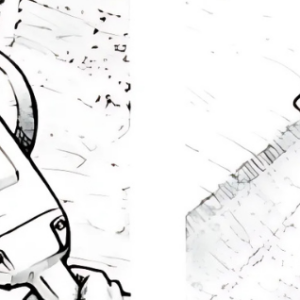Projects: How Are 1930’s Narrowboats Restored?
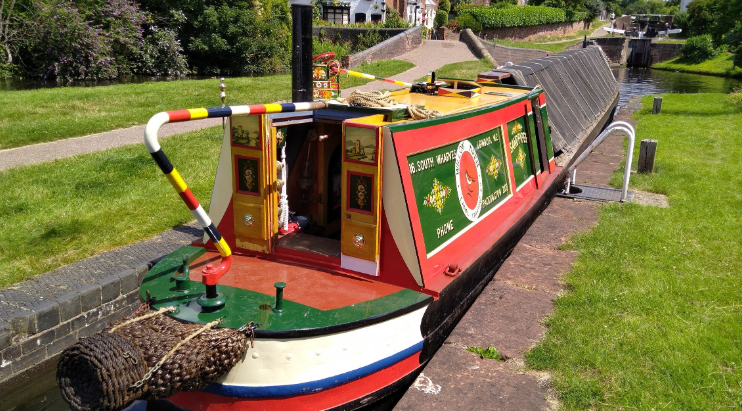
Growing up, boatbuilding was more than a job for David Kemp’s father; it shaped the family’s entire lifestyle. From a young age, David was immersed in this world. He spent his childhood on the family boats and learned the trade during school holidays. These early experiences laid the foundation for the skills he now uses to run his successful narrowboat business. He has been leading the business for seven years.
David finds joy in working outdoors, come rain or shine. He appreciates the comprehensive nature of boatbuilding, which includes everything from metalwork and carpentry to outfitting and painting. It’s the breadth of these tasks that keeps David’s interest alive every day.
How Is Timber Used in Restoring a 1930’s Narrowboat to Its Former Glory?
The restoration work on a 1930’s ex-working narrowboat is currently underway. It involves installing new hot riveted decks, bulkheads, and an engine room. “The client has chosen timber over steel for reinstating all the woodwork, considering its lower maintenance requirements.” This decision allows wood to be in its rightful place. The project aims to restore the craft to working condition, including applying the livery that would have adorned it during World War II.
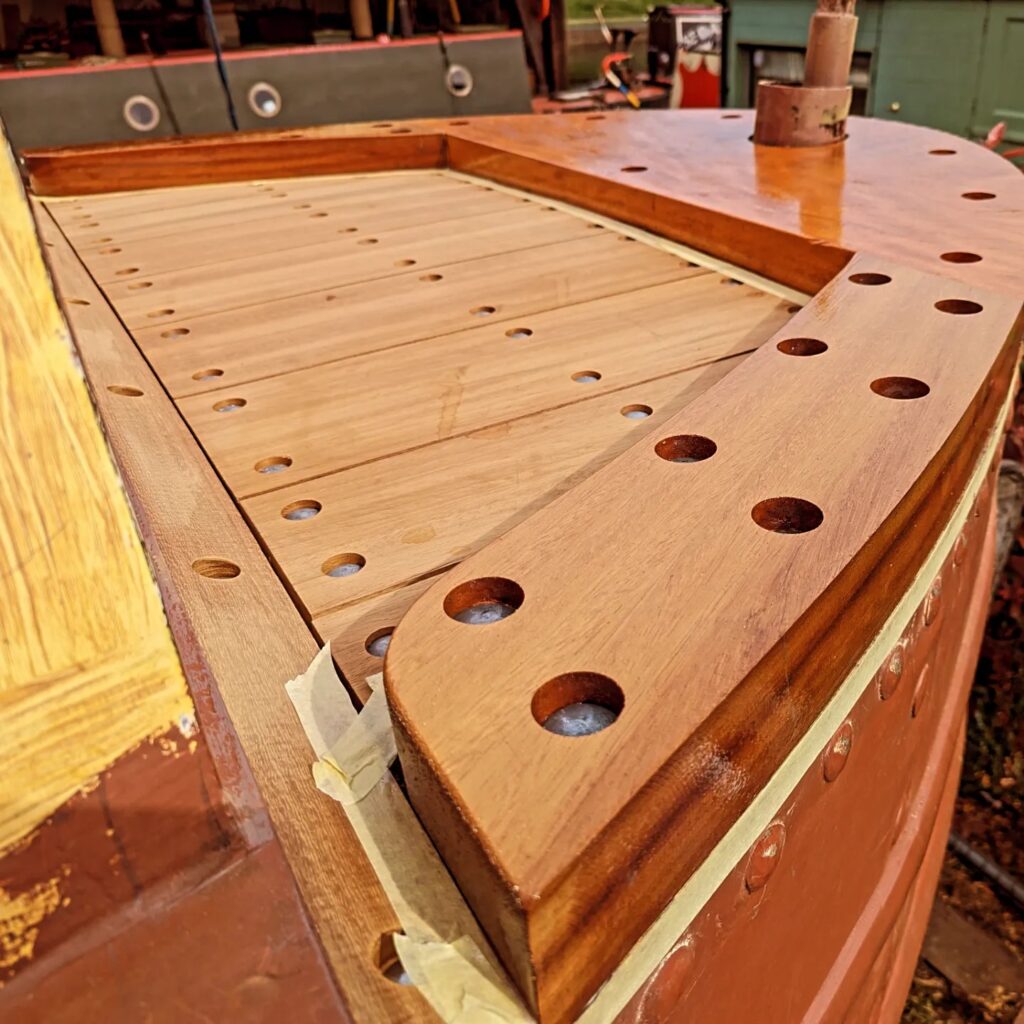
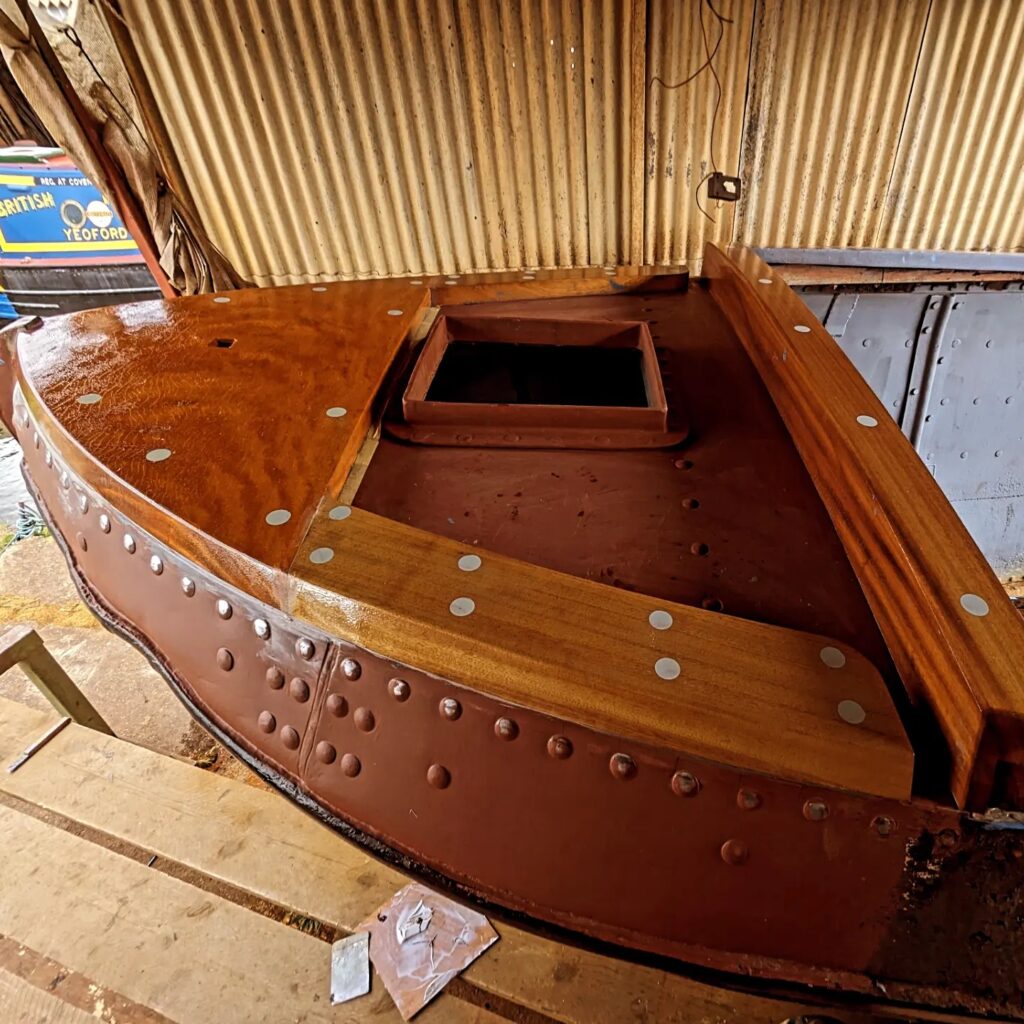
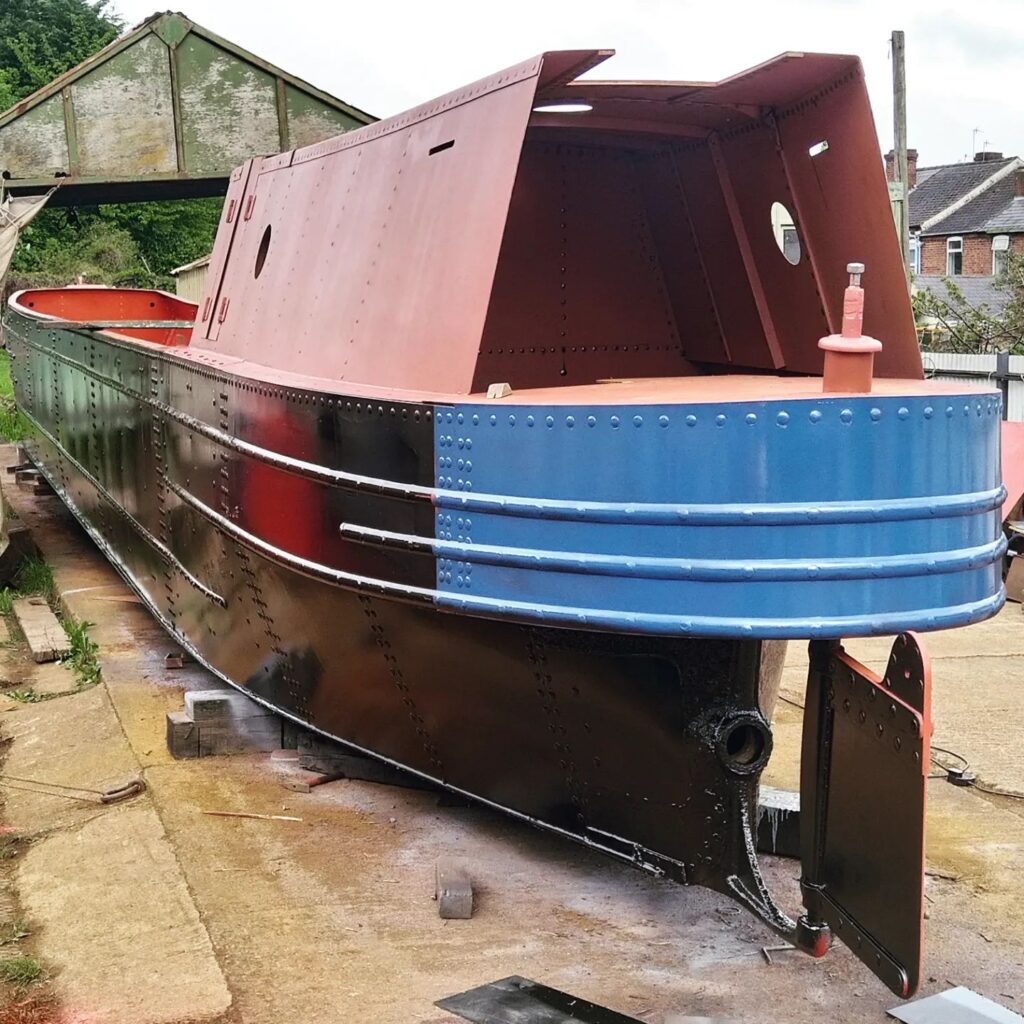
Why Choose WEST SYSTEM® Epoxy for Durable Timber Restoration in Narrowboats?
“We work in a wide range of timbers from redwood through tropical hardwoods to Accoya and more advanced panel products. We like to use epoxies such as WEST SYSTEM 105 Epoxy Resin® for barrier coating on external woodwork where the timber is constantly exposed to the elements. Recently we have also started to use WEST SYSTEM G/Flex®Epoxy after a recommendation from another boatbuilder, which seems to give good adhesion whilst maintaining a flexible joint for gluing up work.”
How Does David Kemp’s Boat Building Process Ensure the Clients Vision Comes to Life?
The company’s distinctive offerings often attract customers. These include accurate reproductions of vintage designs, comprehensive riveted restorations, or new constructions tailored to individual preferences.
Once approved, the design and specifications initiate the first phase of construction with the baseplate. The company maintains a collaborative relationship with customers. They do so throughout the construction process, holding frequent consultations. These consultations guarantee satisfaction with the final product and allow for discussions about ongoing progress.
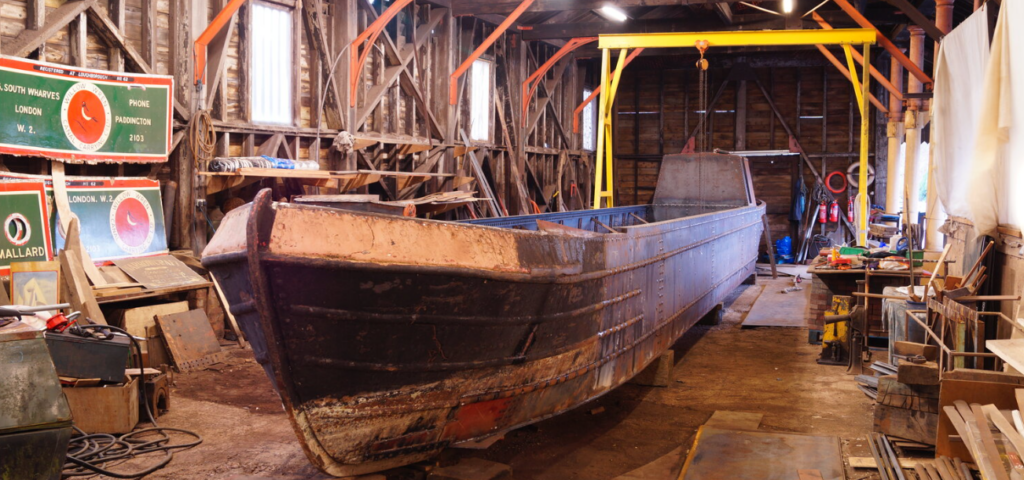
Have You Noticed Any Trends in Narrowboat Design Or Features That Clients Are Currently Asking For?
David explains they have recently been approached to provide a quote for a project that necessitates the use of electric propulsion. “With our expertise lying predominantly in heritage craft this is a new one for us, but we’re really intrigued to see what we can do there.”
What Is the Most Challenging Aspect of Restoring A Narrowboat?
Old narrowboats often show signs of extensive wear, as their hulls “would take a real battering” during their time of service. “Marrying in new platework or timber work to a hull like this” poses a significant challenge in their restoration. The restoration team uses plate rolls, an angle furnace, and a punching machine, which are essential for “recreating complex platework in steel”. They dedicate themselves to preserve the traditional skill employed in the construction of these boats at historic shipyards, such as Harland and Wolff in Woolwich and Yarwoods of Northwich.
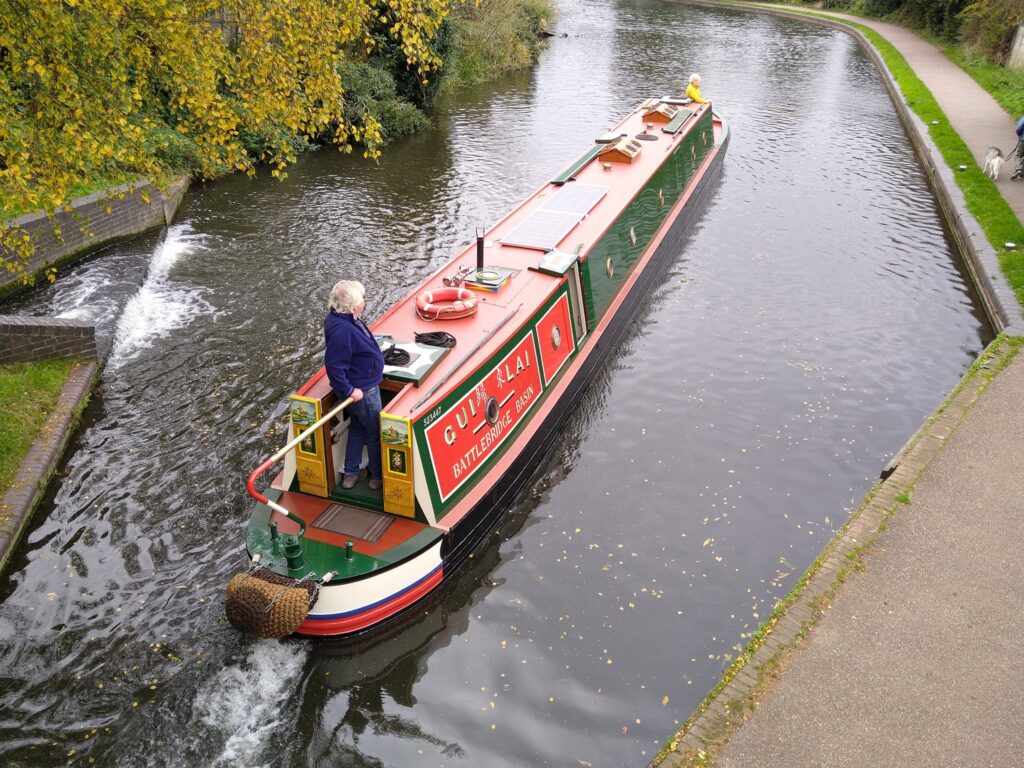
Do You Have Anyone Who Has Influenced Your Work or You Take Inspiration From?
David has always considered his father to be his greatest influence, guiding him in refining the abilities he possesses now. “We both like to look at old shipbuilding books and watch footage of how folks in these yards went about it back in the day. You can learn a lot from a 5 second clip!”
What Are Your Future Plans for Your Business?
David has a great site where boats are worked on, boasting a huge open-sided Victorian wooden warehouse. “It would be great to get some more people in there from the industrial heritage side of things and really grow the services we can provide at the yard,” he mentioned, highlighting the potential for expansion.
Regarding upcoming projects, they are preparing for a significant task involving an ex-Fellows Morton and Clayton Motorboat. The boat has already seen considerable restoration work. Nevertheless, the construction of a new wooden cabin and a steel riveted engine room awaits its arrival.
“I get a lot of satisfaction from seeing a boat leave with every detail as it should be, from the shape of the hull to the fenders being just right and the brasses polished, hopefully I never tire of that.”
When someone asked David about participating in boat shows, he hinted at a possibility by responding, “Never say never.”
How Can Beginners Achieve Success in This Career?
“If you’re really into boats, find a boatbuilder you admire and just reach out. Most of them are super keen to chat about their work and will happily give you an earful. Folks are normally really helpful within the boatbuilding community and as long as you are genuinely interested and passionate about the work, people will try to help you where they can.”

Have you subscribed to our FREE monthly newsletter? Sign up here!
Working on a project? Share it with us! Click here…


